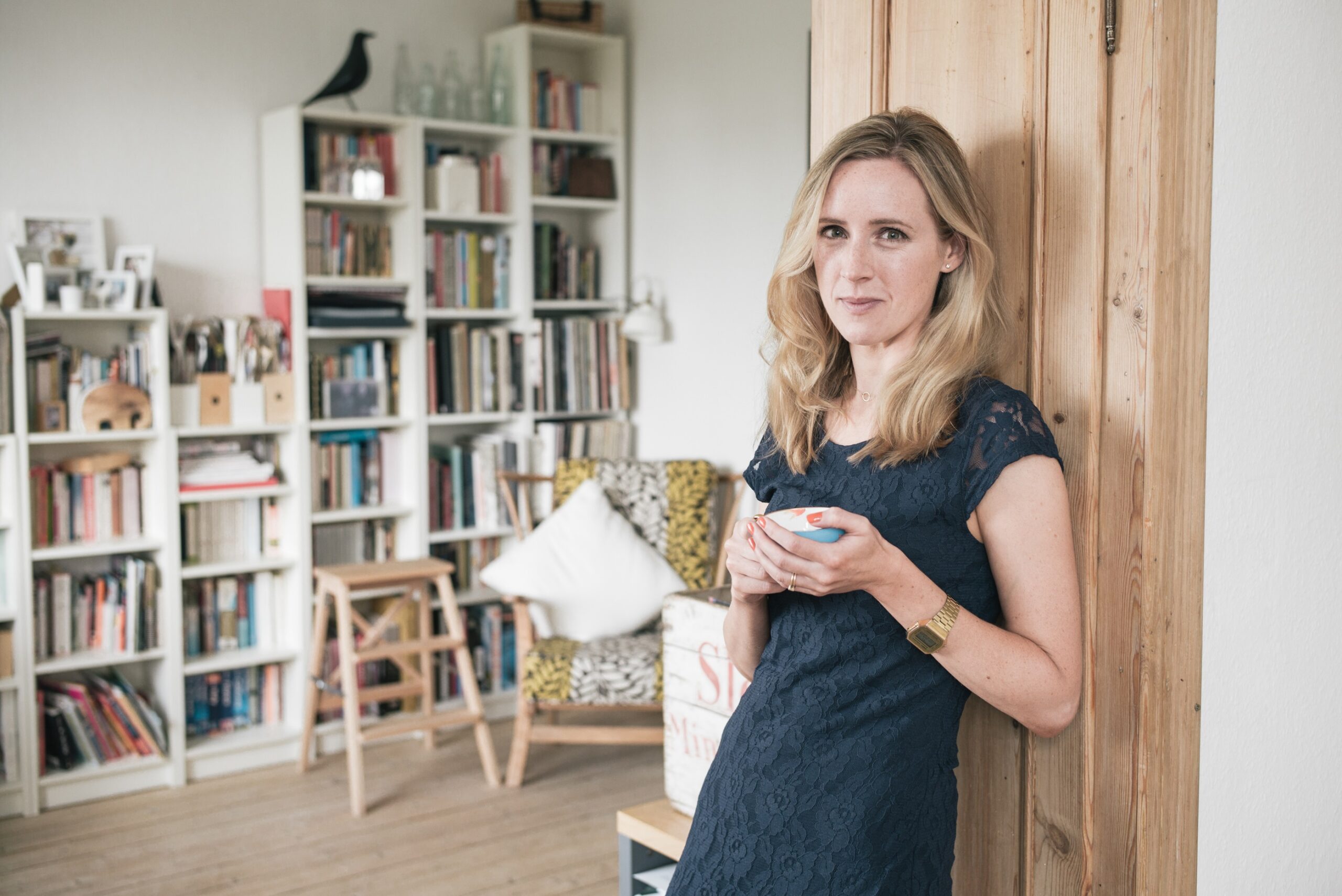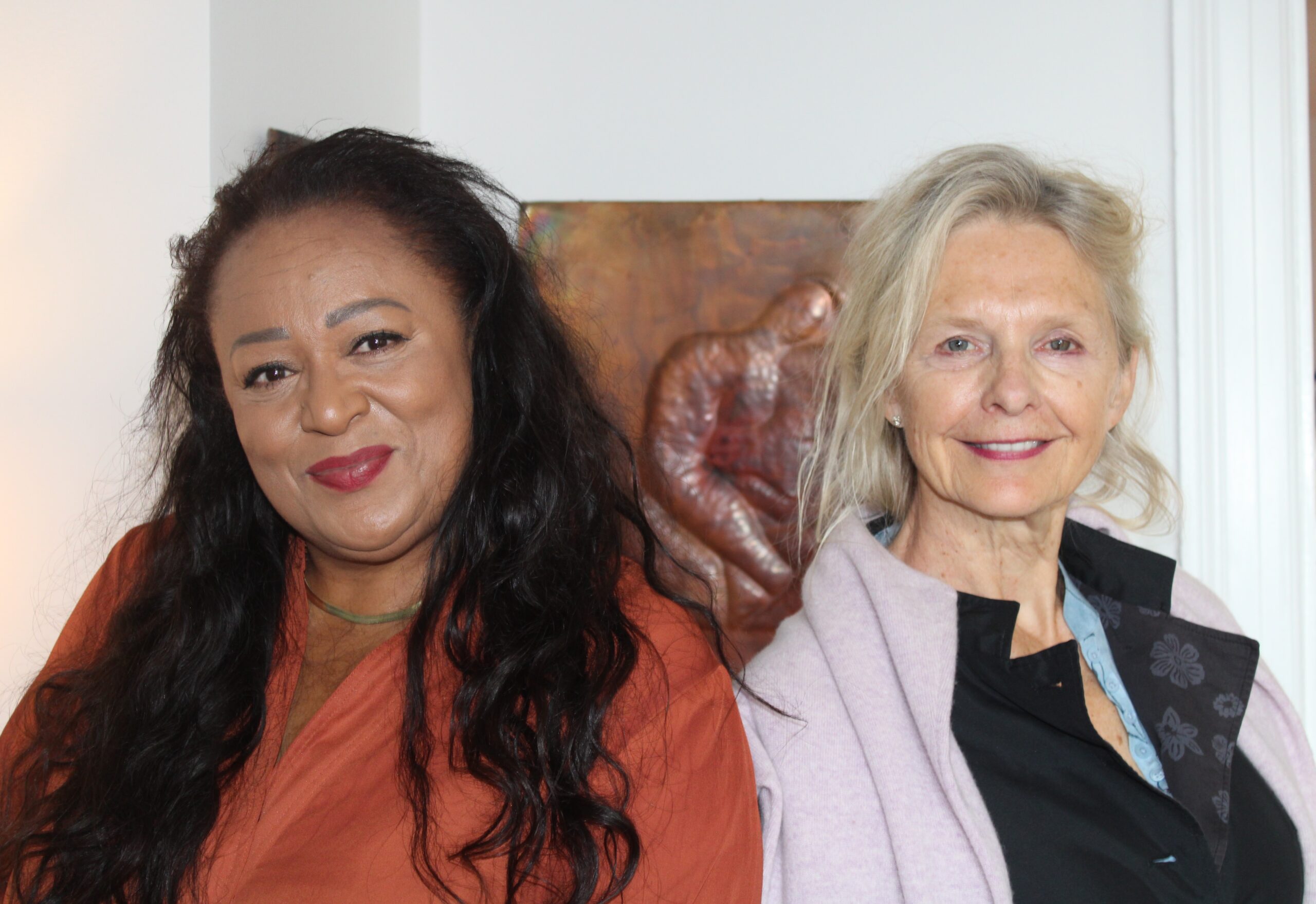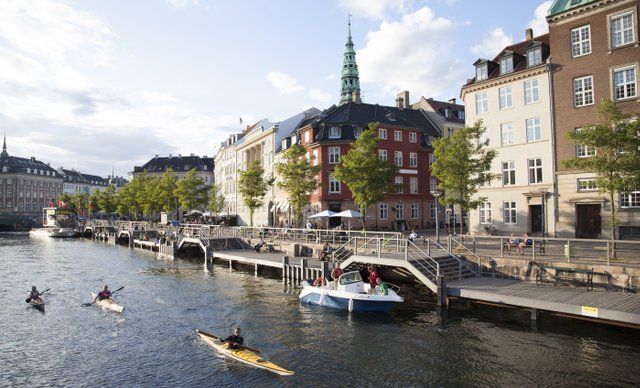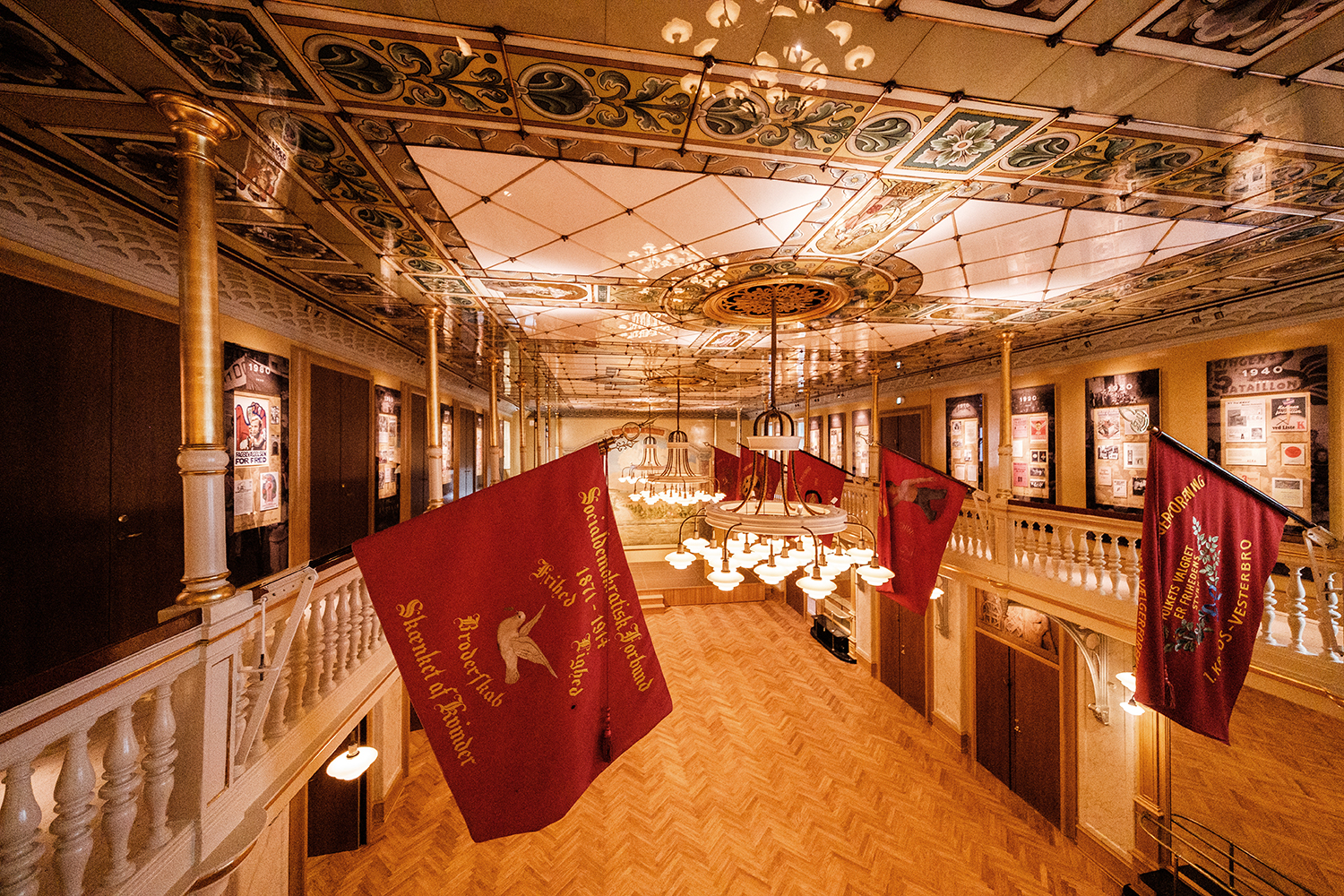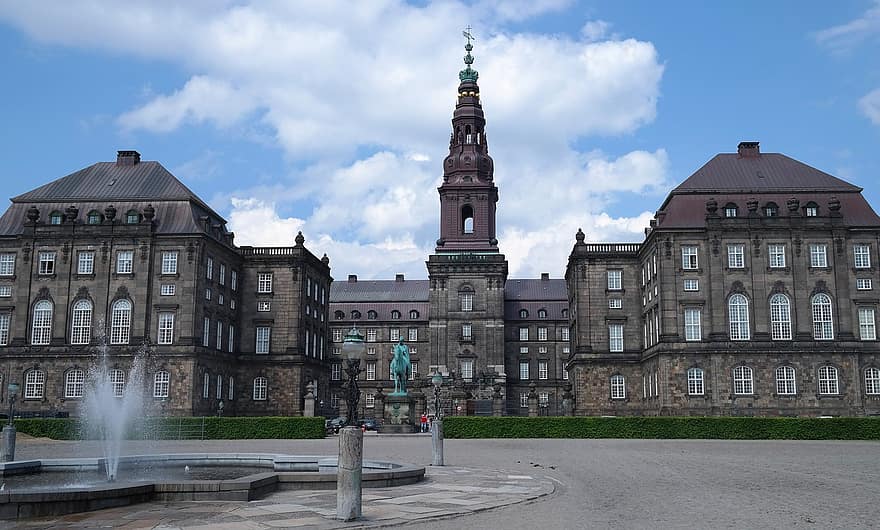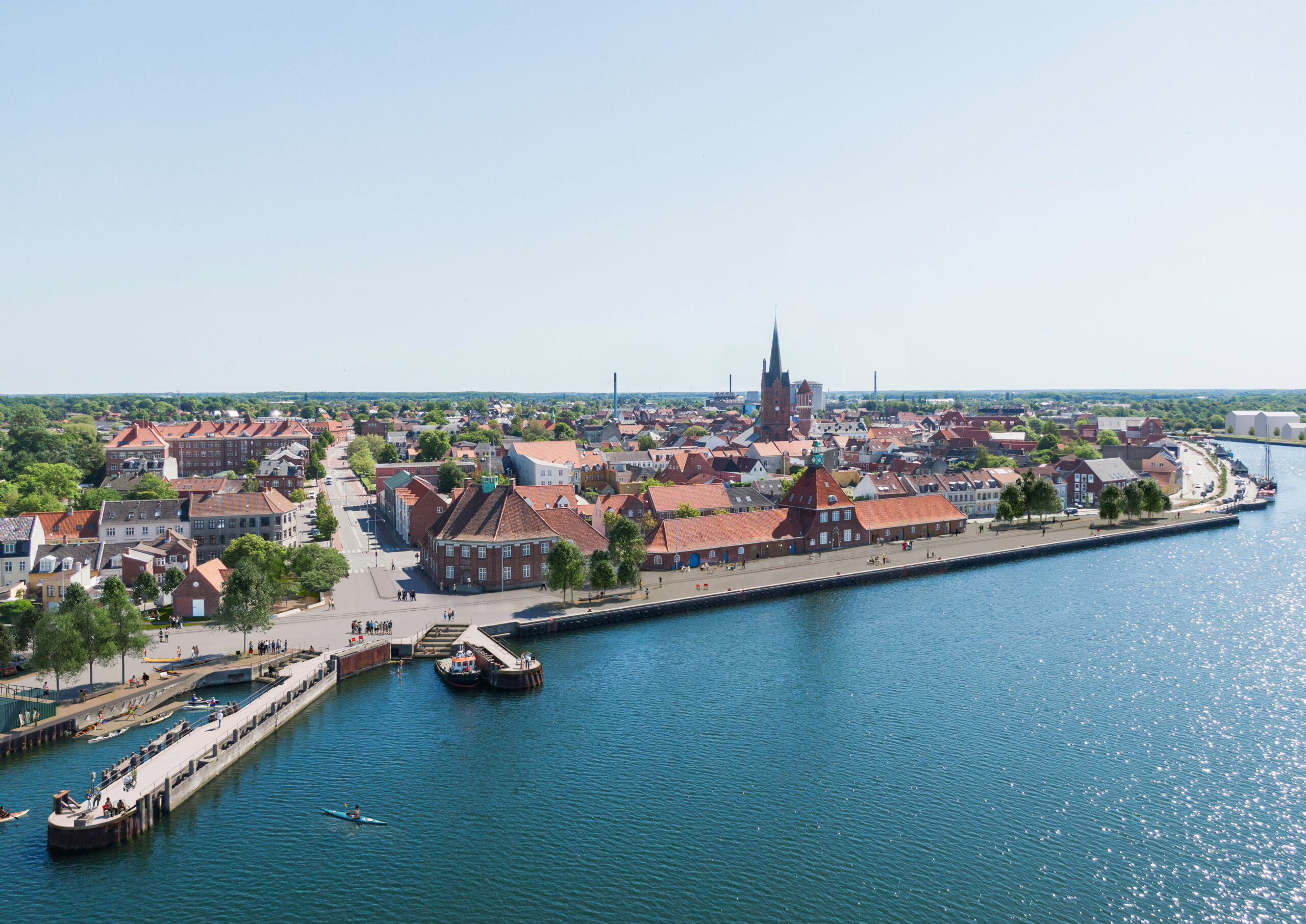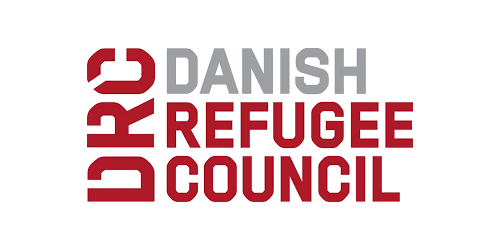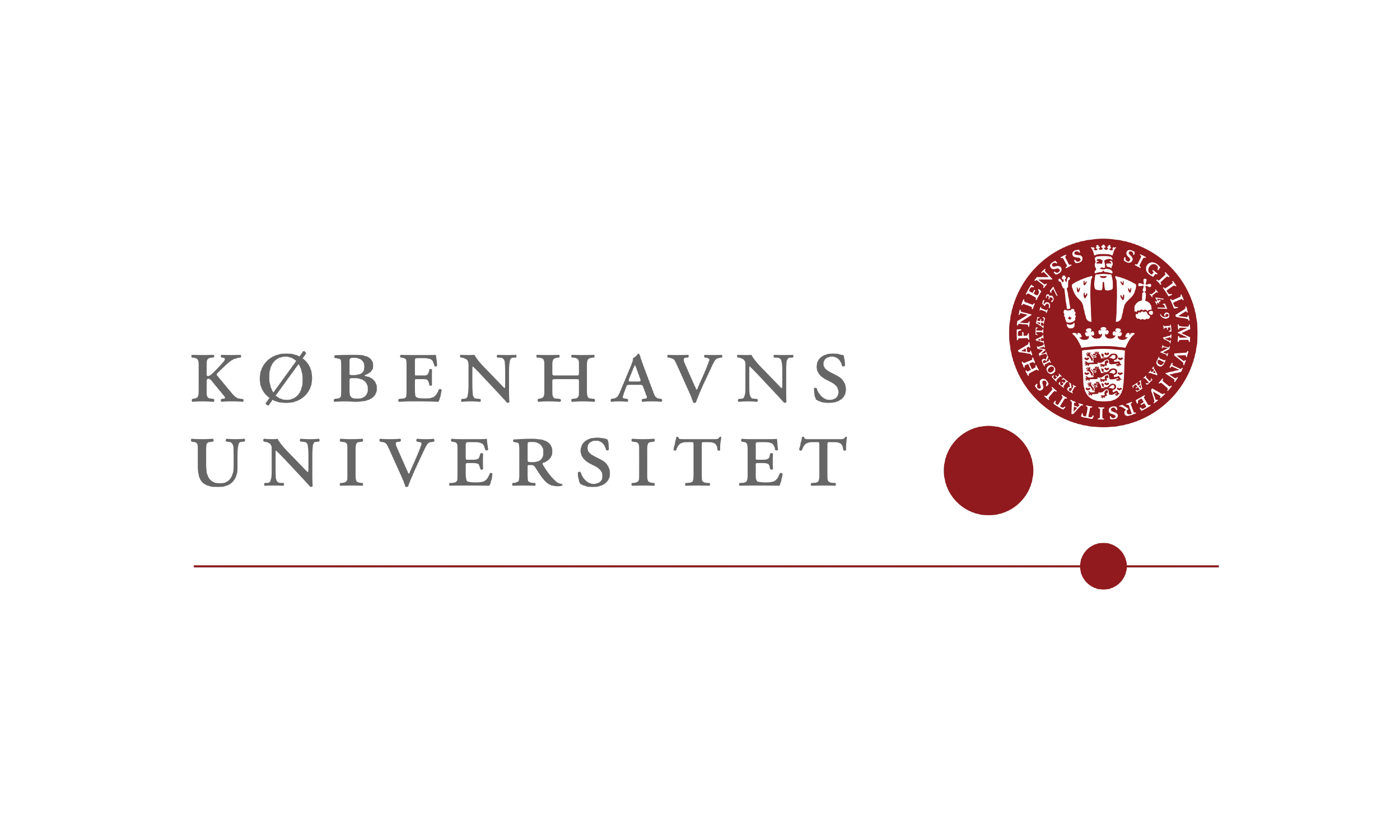First you might hear the sound of pounding feet, somewhat staggered, coupled with a pair of urgent, gasping voices − a little louder than normal on the streets of central Copenhagen. And if you’re standing downwind, you might even smell them: sweat, given the time of year, of the damp variety, in an unmistakeable envelope of beer.
All the signs suggest drunk rugby players fleeing from the law, but it’s only just gone 1pm on Sunday, so you turn around, just in time to side-step a pair of heavyset men adorned in green, gripped in concentration and tied together around their ankles. Welcome to the 12th running of the St Patrick’s Day 3-legged Charity Race, an event that raises money for good causes and never fails to bring a smile to the Copenhagen public.
Walking, let alone running, with your leg tied to another person’s requires careful co-ordination, and once again the organisers are asking you to put yours to the test by participating in this year’s event, which starts at Axeltorv at 12:30. From there the competitors head to The Shamrock Inn on Jernbanegade, The Globe on Nørregade and The Irish Rover on Strøget, before the finish at The Dubliner, also on Strøget.
But be warned, you can’t just turn up at Axeltorv five minutes before the start and expect to race, so set that alarm clock early – you’ll thank yourself for this when you discover your other half threw away that tatty green jersey of yours last autumn and need to go out to buy some new clothing to satisfy the ‘must include green’ dress code.
And once dressed, the next deadline is registering in time at Kennedys Bar – the race organisers have set a limit of 700 on the number of participants, so get there sharpish at 11:30 if you don’t want to miss out. And don’t forget to bring the 150 kroner entrance fee in cash – which is 50 kroner a leg, which isn’t a bad investment given you’ll end up drinking four halves of Carlsberg, although the race sponsors this year are actually Guinness and Kilkenny.
Once you’ve signed on the dotted line, you’ll need to then head down to ‘The Tent’ in Axeltorv, just opposite the main entrance to Tivoli, to get tied to your partner. And then you’re ready to join the queue and wait for your chance to run – the start is staggered, so the winners are the pair who record the fastest time.
And just in case you’ve got no aspirations to win the race, bear it in mind that there’s a time limit for the stragglers. In 2009, the organisers introduced a two-hour limit after they had ended up waiting the previous year for four hours in a blizzard!
Participants without a prayer of running away with the winner’s prize will be pleased to know that there will be several spot prizes awarded to those who embrace the ‘green spirit’ of the day, but you’ll have to think big as the race has inspired some pretty wacky outfits over the years.
All onlookers are encouraged to give generously and to look out for the collection boxes positioned along the route, and anyone unable to attend can make a donation at any of the bars in the week before the race or via the race’s official website, www.paddysday.dk. Additionally, there will also be a merchandise stall at both the Greening of the Little Mermaid (see G8 for details) and Axeltorv selling clothing, of which all the proceeds will be going to charity.
The total proceeds will go to the race’s three nominated charities, each of which will receive an estimate 20,000 kroner each. The organisers traditionally choose a Danish, Irish and an international one, and this year’s lucky recipients are Danske Hospitals Klovne, an organisation that sends clowns to cheer up kids in hospitals, St Francis Hospice, an organisation that provides care to victims of cancer and motor neurone disease, and the preschool program in southern Cambodia run by the Cambodian Children’s Advocacy Foundation, a NGO that seeks to improve education and fight the root causes of povery in Cambodia.
And if you really want to go the whole hog, you’ll be interested to know you can download an app called UStream from the official website that will enable you to stream live progress of your endeavour on the day, via your phone onto the website. Once you’ve got the app, simply send the ‘embedded code link’ of the stream to info@paddysday.dk, and they’ll take care of the rest.
“This year we’re really painting the town green and everyone’s getting involved,” enthuses Siobhán Kelleher, the race founder and organiser.
“The Little Mermaid herself will kick-off our celebrations on Saturday, and on Sunday we’re joined down at Axeltorv by those hilarious clowns from Danske Hospitalsklovne down, as they ‘officially’ start this year’s 3-Legged Charity Race. We’re looking forward to a fun-filled St Patrick’s Day weekend here in Copenhagen.”
Saint Patrick’s Day 3-legged Charity Race
Registration at Kennedy’s Bar, Gammel Kongevej 23, Cph V at 11:30-12:30; race starts at Axeltorv at 12:30; finishes at The Dubliner, Amagertorv 5, Cph K; 150kr per team, cash only; info@paddysday.dk; www.paddysday.dk; for TV clips see ekstrabladet.tv/article986146.ece

